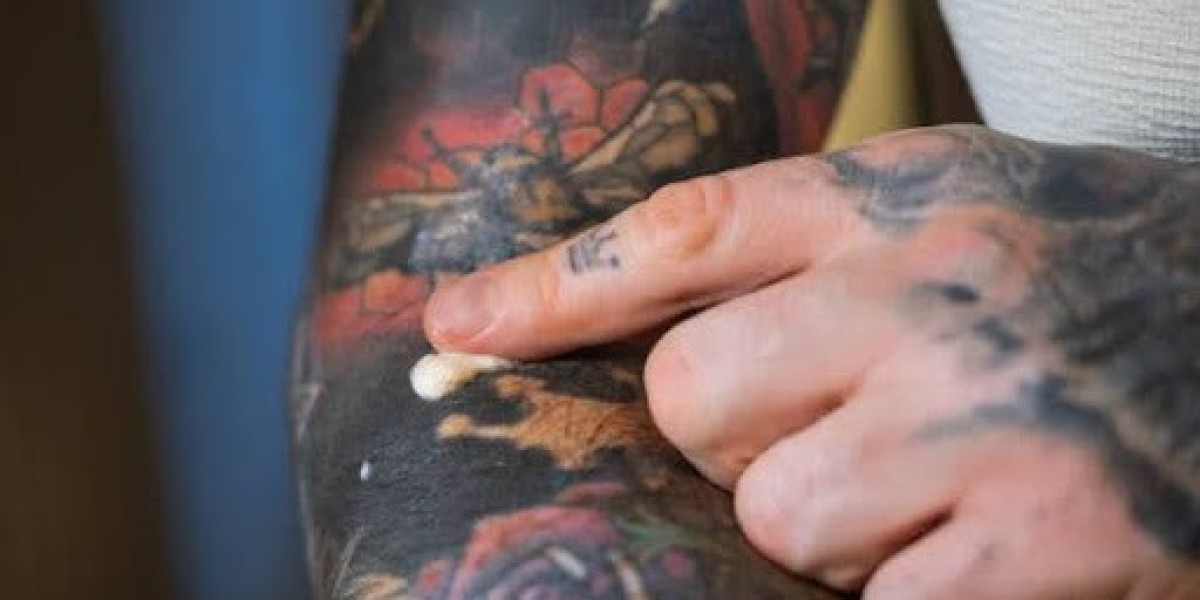Getting a tattoo inked is exciting, but let’s be honest—no one really enjoys the pain that comes with it. That’s where a numbing cream steps in. It promises to take the edge off, making your tattoo experience a lot more bearable. But here’s the thing: you need to be careful. You don’t want to end up with irritated skin or, worse, an allergic reaction. Before you slather it on and get started, let’s take a moment to talk about how to use numbing cream safely and what you need to watch out for.
What Is Numbing Cream Anyway?
Numbing cream is like a secret weapon for tattoo lovers who don’t want to feel every single needle prick. It works by blocking pain signals from reaching your brain, so you feel less discomfort during the tattoo session. Most numbing creams use ingredients like lidocaine to get the job done. But here’s the thing: it doesn’t completely numb the area—it just takes the intensity down a few notches. This can make a huge difference, especially if you’re getting a tattoo in a more sensitive spot, like your ribs or elbows.
Patch Test: Don’t Skip It
Before you go all in and apply a numbing cream to a larger area, do yourself a favour—test it out first. A patch test can save you from a lot of potential headaches (literally). Apply a small amount of the cream to a hidden spot on your body, like the inside of your arm. Leave it on for about 30-60 minutes, then see if anything weird happens. If your skin turns red, swells up, or itches, you know it’s not for you. Wash it off immediately and forget about using it for your tattoo.
But if nothing happens after 24 hours, you’re good to go. It’s that simple. You just don’t want to take any chances with your skin, right?
How to Apply Numbing Cream Like a Pro?
Alright, you’ve done the patch test, and everything seems fine. Now, let’s talk about applying the numbing cream. First things first—clean the area to be tattooed. Use soap and water to get rid of any oils or dirt. Then, gently pat it dry with a clean towel.
Next, apply a thin layer of the numbing cream. Don’t go crazy and slather it on—less is more here. A thick layer won’t work better; it’ll just make your skin irritated. Once the cream is on, follow the instructions about whether to cover the area with plastic wrap or leave it exposed. The cream usually needs about 30-60 minutes to kick in, so while you wait, sit back and relax. Don’t touch it or rub it, though—let the cream do its thing.
How Long Will It Last?
So, you’ve done everything right—patched, tested, applied it correctly—and now the tattoo session is about to start. But how long will that numbing feeling last? Well, that’s a good question. Numbing cream isn’t a permanent solution. The effects typically last anywhere from 1 to 2 hours, depending on the type of cream you use and how your skin reacts. That’s usually enough time for your tattoo artist to work on smaller or less sensitive areas.
But remember, as time passes, the numbing effect will fade. If you’re getting a large tattoo or one in a super sensitive spot, let your artist know you’re using numbing cream. That way, they can adjust their work accordingly, and you can be prepared for when it starts to wear off.
Safety Tips You Can’t Skip
Using numbing cream isn’t just about applying it and crossing your fingers. There are a few safety tips you should always follow:
Talk to Your Tattoo Artist: Before you get started, check with your artist. Some prefer their clients not to use numbing cream, while others may have recommendations for what works best. Make sure you're on the same page.
Don’t Use It on Broken Skin: If you have any cuts, abrasions, or irritated skin, skip the numbing cream. It can make things worse. Always use it on healthy skin.
Follow Instructions: Don’t be tempted to apply more cream than the instructions suggest. The key is to follow the rules—this isn’t something you want to experiment with. Too much cream could cause skin irritation, and it won’t make the numbing effect last any longer.
Final Considerations
A numbing cream can make getting a tattoo way more bearable, but safety comes first. You don’t want to risk irritation or an allergic reaction just to avoid some discomfort. Start with a patch test, apply the cream the right way, and don’t push your luck by overdoing it. With the right precautions, numbing cream can be your best friend during your tattoo experience. Just make sure you’re using it correctly and safely, and you’ll be on your way to getting that dream tattoo without the unnecessary pain.









